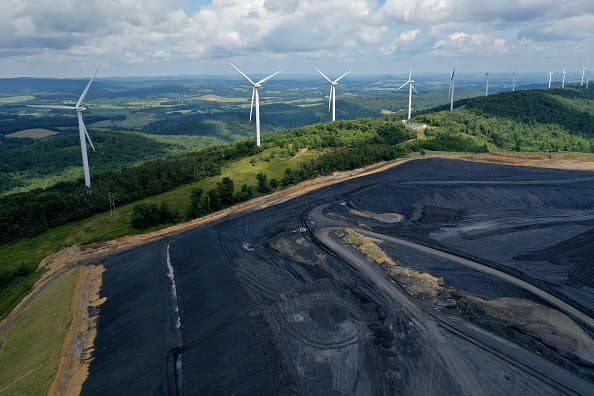Japan’s Osaka is now the 43rd most expensive city to live in
Visualspace | E+ | Getty Images
As Japanese stocks rose to the highest levels in three decades, strategists at Bank of America forecast the nation’s currency to weaken further from current levels.
While the Bank of Japan’s ultra-dovish monetary policy is a stark contrast to its global peers that have maintained high interest rates, strategists say the approach to buy Japanese stocks as well as the yen — could be one for next year, not this year.
The term “Buy Japan” — used to call on investors to purchase Japanese stocks and the yen — is “premature,” according to rates and equity strategists including Shusuke Yamada and Tony Lin.
Japan’s delayed cyclical recovery and the Bank of Japan’s distinctively patient stance are positive for Japan equities and negative for JPY
Bank of America
The call to buy Japan stocks and the yen may be a “potential 2024 trade,” the strategists said in a Monday note. However, it’s “conditional on confirmation of a virtuous inflation cycle in Japan and the government’s policy to promote domestic capex and inward FDI.”
Inward foreign direct investment refers to investments made by a foreign entity into another country, in this case, Japan. In contrast, outward FDI occurs when a Japanese firm expands its operations to a foreign country. They include cross-border mergers and acquisitions and investments in startup projects abroad.
The latest data from Japan’s Ministry of Finance showed international investors bought Japanese equities worth a net 867.5 billion yen ($6.2 billion)in the week of May 14 to 20 — a steep drop from the 2.4 trillion yen seen in the first week of April.

Pointing to a notable deficit in Japan’s foreign direct investment, indicating that the amount of outward FDI exceeds the amount of inward FDI, BofA expects the Japanese yen to weaken further to 143 against the U.S. dollar by the third quarter of this year.
The Japanese currency weakened to 139.7 against the greenback in Thursday’s afternoon.
Delayed recovery
Bank of America expects the BOJ to maintain its negative interest rate policy as well as the framework for its yield curve control until the second quarter of 2024.
While the Bank of Japan’s monetary stance of keeping interest rates ultra-low is good news for stocks for now, it would mean further pressure for the yen as global central banks continue raising rates to tame inflation.
“Japan’s delayed cyclical recovery and the BoJ’s distinctively patient stance are positive for Japan equities and negative for JPY,” they wrote.
Japan’s central bank sticking to its current monetary policy stance, on top of its FDI deficit, would be the main factors behind a weaker yen.
“Buying Japanese stocks still reasonably valued, funded by JPY, can be an attractive carry trade,” BofA strategists wrote. “If this trade accelerates, negative correlation between JPY and Japan equities may arise as foreign investors need to adjust currency hedge on stock market fluctuation.”
A carry trade is an investment strategy that involves borrowing at a low-interest rate and re-investing in an asset with a higher rate of return.
A recovery in Japan’s current account surplus from lower oil prices and the return of tourists visiting Japan could boost the Japanese yen for the year, the strategists said, adding that it would not outweigh the deficit in foreign outbound investment.
“We do not think this is enough to correct the yen’s undervaluation as Japan’s FDI deficit remains wide and the Bank of Japan does not seem willing to raise interest rate in the near term,” they said.



